Cats are well-known for their agility and graceful movements, particularly their remarkable jumping abilities. From housecats effortlessly leaping onto high shelves to wild cats chasing prey, their jumps have fascinated scientists and animal lovers alike. But how did these animals evolve to have such powerful jumping capabilities? This article delves into the evolutionary journey and biological adaptations that have made cats exceptional jumpers.
The Origins of Cats
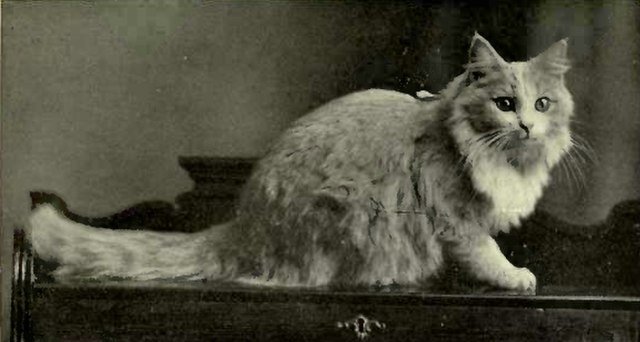
The story of cats begins around 25 to 30 million years ago with the evolution of the first feline species in the forests of Eurasia. These early felines were small predators, relying on stealth and agility to catch their prey. As they evolved, natural selection favored those with traits that improved their ability to hunt and evade predators, including enhanced jumping skills.
Anatomical Adaptations for Leaping
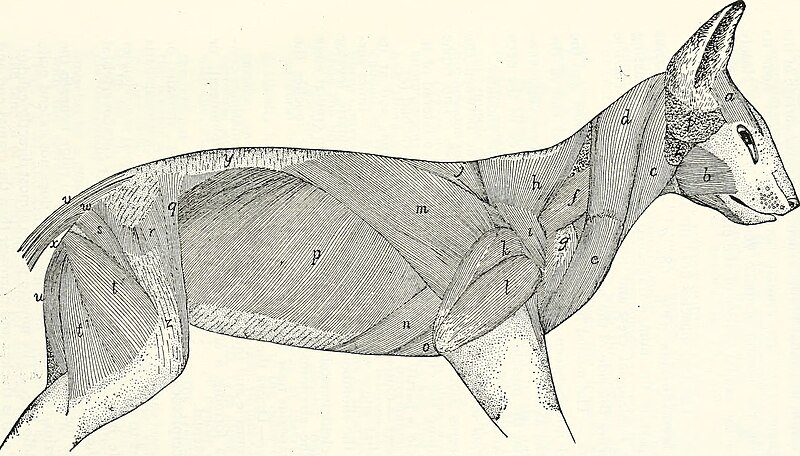
Cats have several unique anatomical features that enable their jumping prowess. Their powerful hind legs are longer and more muscular than the front legs, giving them the thrust necessary to leap great distances. In addition, their flexible spine and strong back muscles aid in the extension needed for a powerful jump.
The Role of the Tail
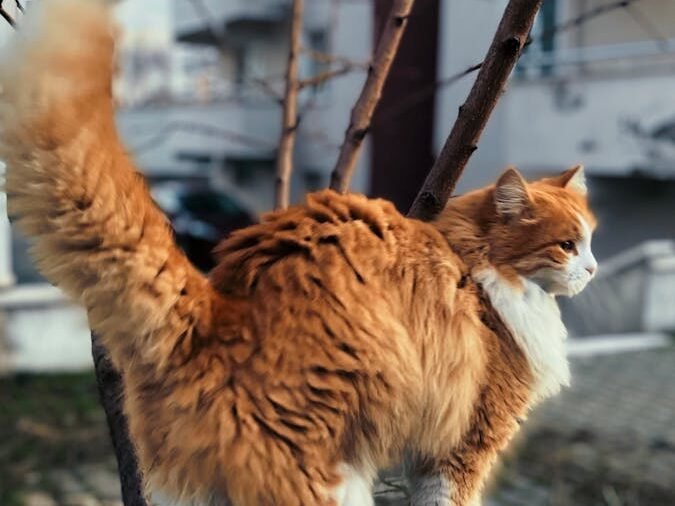
The tail serves as a counterbalance when cats jump or land, assisting with balance mid-air and ensuring a perfect landing. This adaptation is vital for navigating their often-vertical habitats and escaping from predators or pursuing prey.
Paw Structure and Landing
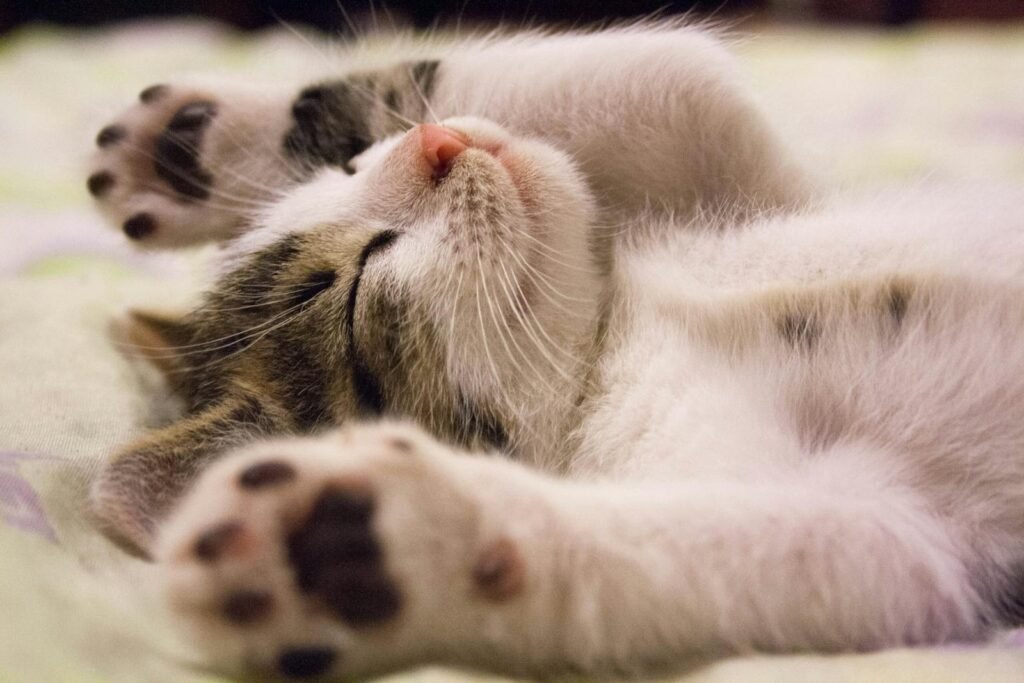
Photo by Pixabay via Pexels
Cats’ paws are instrumental in cushioning their landings. They contain sensitive pads that not only absorb impact but also allow them to feel their surroundings and make split-second adjustments mid-leap. This capacity is crucial for survival in the wild.
The Evolution of Silent Movement
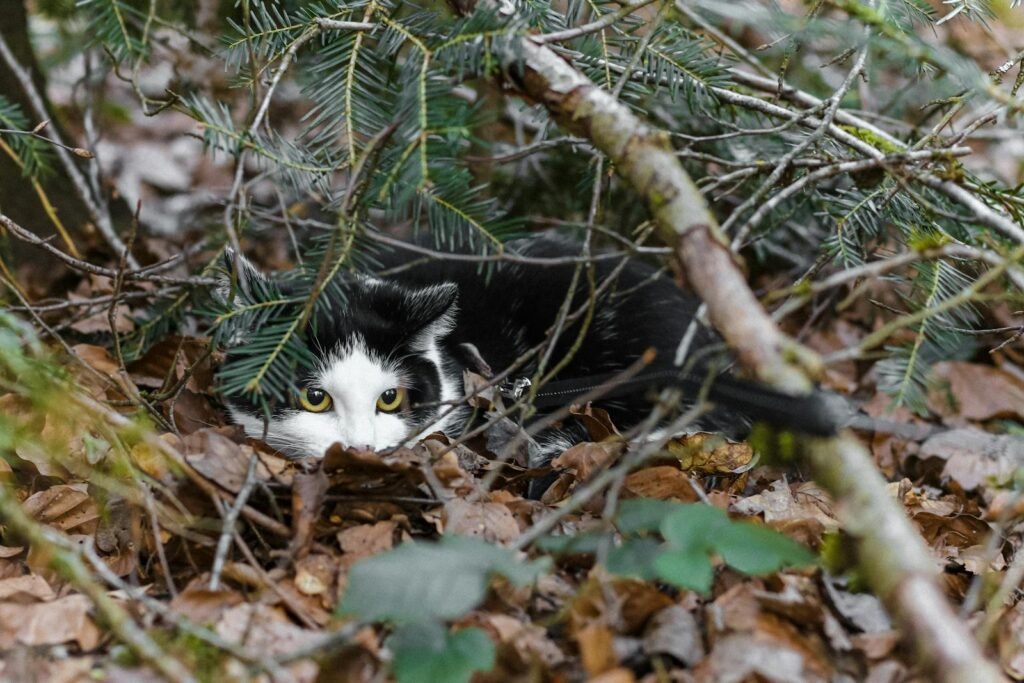
Along with their jumping abilities, cats evolved to land quietly. This stealthy attribute is beneficial both for sneaking up on prey and avoiding detection by predators. Through subtle changes in anatomy and muscle control, cats mastered the art of silent movement.
Behavioral Traits Enhancing Jumping Skills
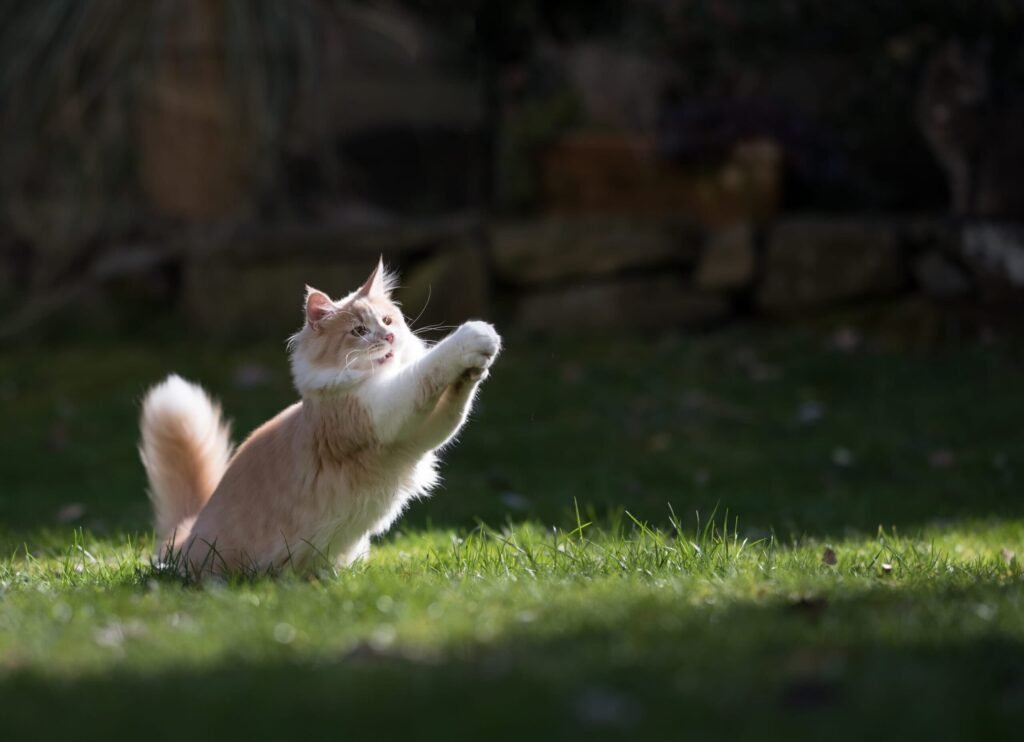
Cats exhibit several behaviors that optimize their jumping abilities. For example, they often crouch low to the ground before a jump, allowing them to gauge the distance and prepare their muscles for the leap. This behavior is an instinctive action that aids in their survival.
Wild Cat Inspirations
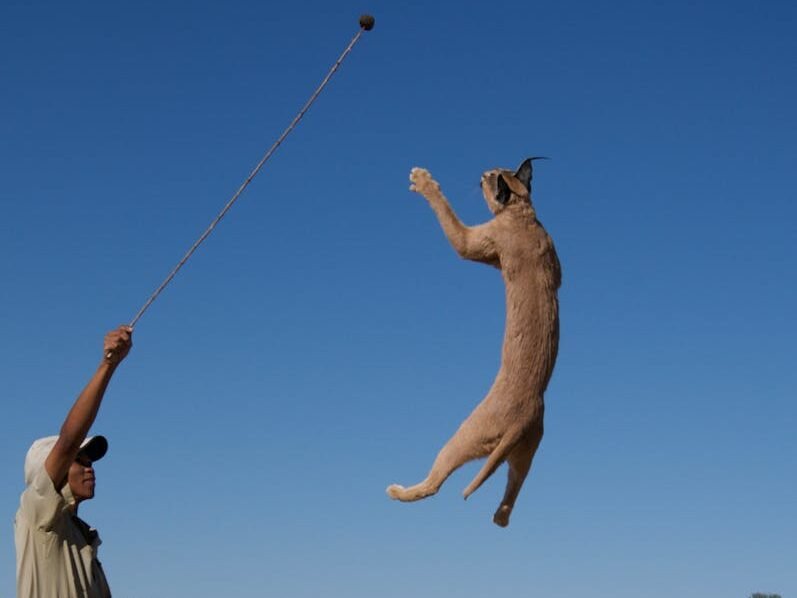
The jumping prowess in domestic cats can be seen in their wild relatives. Members of the Felidae family like leopards and lynxes are known for their extraordinary ability to spring high or across vast distances. Observing these big cats provides insight into the evolutionary path of feline agility.
Developing the Proprioceptive System
Proprioception, the sense of self-movement and body position, plays a crucial role in a cat’s jumping ability. Over millions of years, cats have developed highly attuned proprioceptive systems that allow them to make precise adjustments as they move, jump, and land. This continual feedback loop enhances their ability to navigate and survive in varied environments.
Modern-Day Implications and Observations
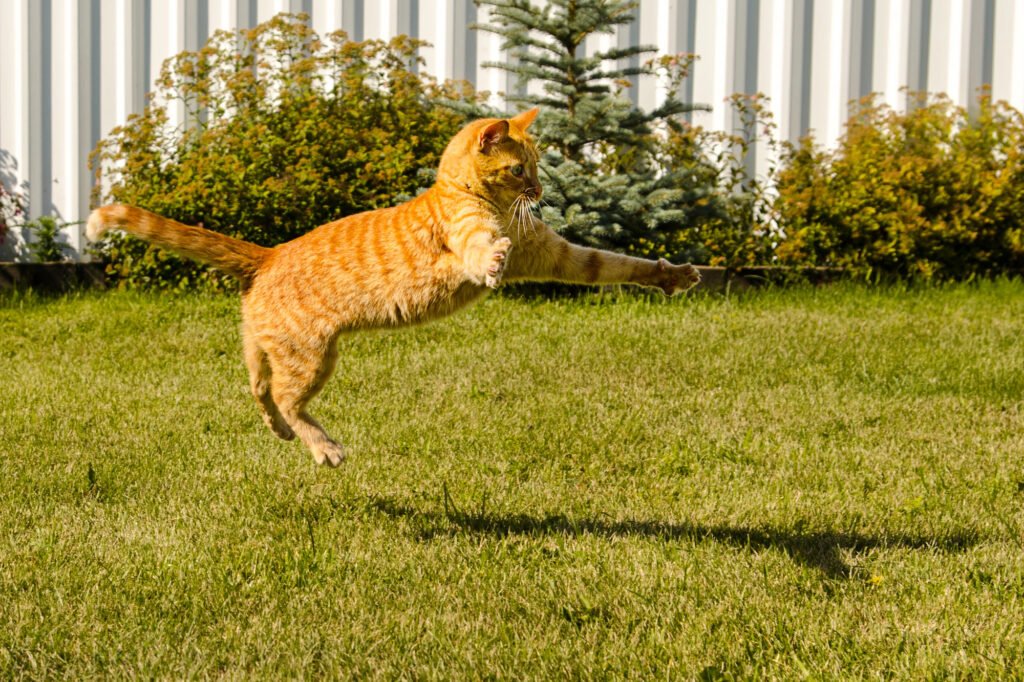
Image by gum92 via Depositphotos.
Understanding the evolution of cats’ jumping ability not only enlightens us about their past but also informs veterinary care and pet ownership practices today. Recognizing the inherent need for physical activity and vertical space can lead to better living conditions and mental health for domestic cats.
Conclusion: The Ongoing Evolution of Cats
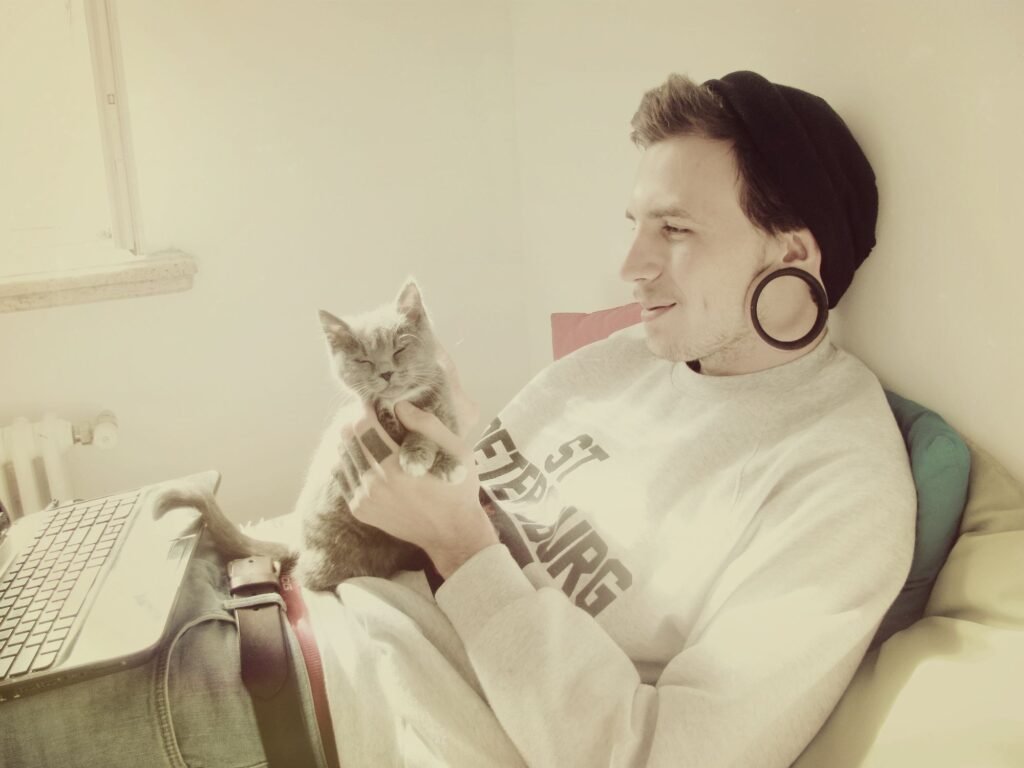
Though domestic environments have altered the daily lives of many cats, the evolution of their remarkable jumping abilities continues. As the needs of cats change with their environments, so too might their anatomy and behavior. Studying these changes offers valuable insights into the dynamic interplay of biology, environment, and evolutionary processes that shape the natural world.

With over a decade of experience as a dedicated cat lover and enthusiast, I specialize in writing captivating content about all things feline. My expertise shines through in creating engaging and informative pieces that resonate with fellow cat lovers. As a proud cat parent to my beloved Duston, my personal connection to the world of cats adds authenticity and warmth to my work, making it relatable and heartfelt.






